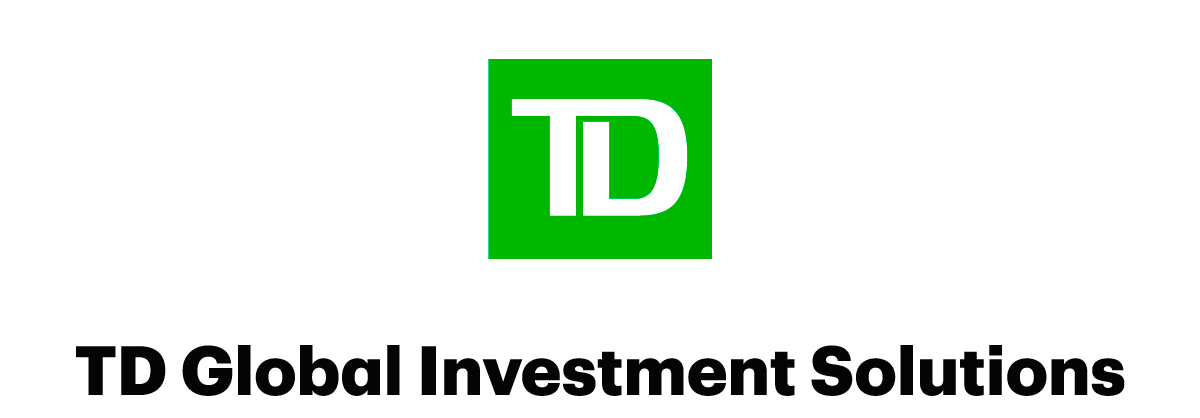Investors are told to diversify for safety - but could over-diversification cap returns? TD Asset Management Inc. explores the balance between stability and performance


This article has been produced in partnership with TD Asset Management
Investors love a good buzzword, and “diversification” has long been a staple in the lexicon of portfolio management.
However, last year’s market rally demonstrated that in certain market conditions, concentrated positions - rather than broad diversification - can lead to outsized returns. Investors heavily weighted in a handful of high-performing tech stocks saw their portfolios surge, while those broadly diversified found themselves lagging.
This raises a crucial question: is diversification always the right strategy, or does it sometimes act as a drag on performance? For capital accumulation plan (CAP) members and long-term investors, the question isn’t just about riding the current wave - it’s about ensuring portfolios remain resilient when the tide shifts.
“There is a tendency for investors to focus too much on correlation and throw everything into a portfolio just to smooth out returns,” says Haining Zha, Head of Asset Allocation Research at TD Asset Management (TDAM). “But at the end of the day, if there isn’t enough return, what’s the benefit?”
Nicole Lomax, Vice President and Director at TD Asset Management, echoes this sentiment. “We build our Target Date Funds to help prevent plan members from making reactionary decisions,” she says. “By managing for risk-adjusted return, we aim to keep investors committed to their long-term strategy, even when markets are turbulent.”
The pitfalls of over-diversification
Diversification is a proven strategy for preserving wealth, but last year, concentration was the engine of fortune-building. While diversification smooths volatility and provides stability over time, it inherently caps upside potential, often leading to average returns.
In strong bull markets, diversification can act as a brake rather than an accelerator, tethering portfolio performance to the broader market rather than allowing it to soar. Moreover, maintaining a well-diversified portfolio requires ongoing oversight and rebalancing, adding complexity without necessarily enhancing returns. Understanding when to prioritize stability and when to embrace calculated risk is key to optimizing long-term investment success.
“We don’t add an asset class or a strategy just for the sake of diversification,” says Lomax. “Every addition to a portfolio must be accretive to outcomes and serve a unique role that isn’t already covered by other holdings. Otherwise, you risk neutralizing intended exposures or introducing unintended risks.”
TDAM’s experts acknowledge this paradox but caution against drawing short-term conclusions. “2023 and 2024 rewarded those who were overweight U.S. equities, particularly the Magnificent Seven,” says Lomax. “But if you extend the timeline beyond this concentrated rally, the need for a well-diversified portfolio becomes clear. Markets rotate, and today’s winners won’t necessarily be tomorrow’s leaders.”
Building a multi-asset approach for long-term success
So, should investors abandon equities altogether? Not at all. But relying solely on traditional indices is not the answer. Instead, TDAM advocates for a disciplined, diversified approach that extends beyond market-cap-weighted stocks.
Lomax emphasizes the importance of balancing multiple risks that CAP members face throughout their lifetime.
“When we think about designing Target Date Funds, we’ve always believed that plan members are best served by an approach that works for the long term,” Lomax explains. “Market risk, which includes concentration risk of indices, must be balanced with timing risk, inflation risk, and shortfall risk- the risk that members won’t have enough money when they retire. Sequence of return risk is another critical factor. We need to ensure plan members aren’t locking in losses at the wrong time.”
To tackle these challenges, TDAM is a strong proponent of multi-asset solutions. Their investment approach spans fixed income, equities, private alternatives, and diversification within asset classes - by region, industry, and risk factor.
“We aim to maximize the risk-adjusted return, which is crucial in minimizing downside risk for CAP members,” Lomax adds. “By ensuring exposure across all parts of the value chain, we’re building resilience into portfolios, rather than relying on a single factor to drive returns.”
Lomax points out that a key component of this approach is the inclusion of alternative assets like private infrastructure, real estate and commodities. “Adding commodities such as gold and energy markets provides an inflation hedge and a critical source of uncorrelated return,” says Zha. “This enhances portfolio resilience, particularly in volatile markets.”
Adapting to market realities
As part of TDAM’s continuous portfolio evolution, 2025 saw the introduction of global commodities to their strategic glide path.
“We’ve added allocations to key global commodities like gold, copper, oil, and energy markets,” Lomax explains. “These are essential building blocks of our society, and they provide multiple benefits: inflation protection, diversification from equities and fixed income, and exposure to long-term thematic trends like energy grid investments.”
Gold, in particular, has drawn increasing attention.
“We’re seeing historic relationships between gold and other assets breaking down,” Zha notes. “With central banks increasing their gold reserves and countries moving away from the U.S. dollar, the demand for gold as a hedge has intensified. Whether interest rates rise due to inflation concerns or fall due to deflation, gold tends to find support in both scenarios.”
Target Date Funds have long been a go-to investment for retirement savers, offering a hands-off way to adjust portfolio risk over time. But not all Target Date Funds are built the same. TD Asset Management has taken a more nuanced approach, building its funds on an evolving glide path that actively adjusts to market conditions rather than sticking to rigid allocations.
For more information, visit here.
TD Global Investment Solutions represents TD Asset Management Inc. (“TDAM”) and Epoch Investment Partners, Inc. (“TD Epoch”). TDAM and TD Epoch are affiliates and wholly-owned subsidiaries of The Toronto-Dominion Bank.



